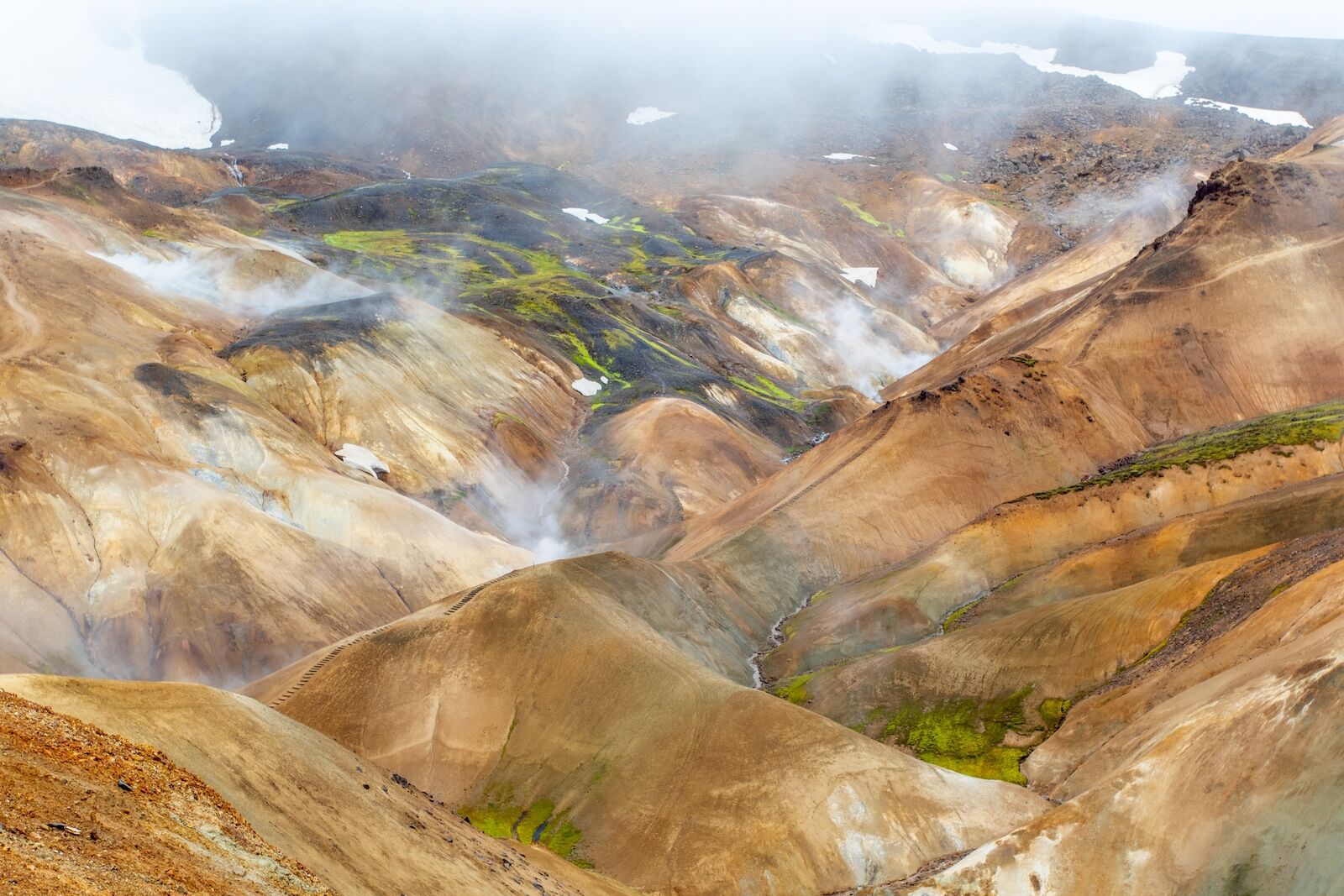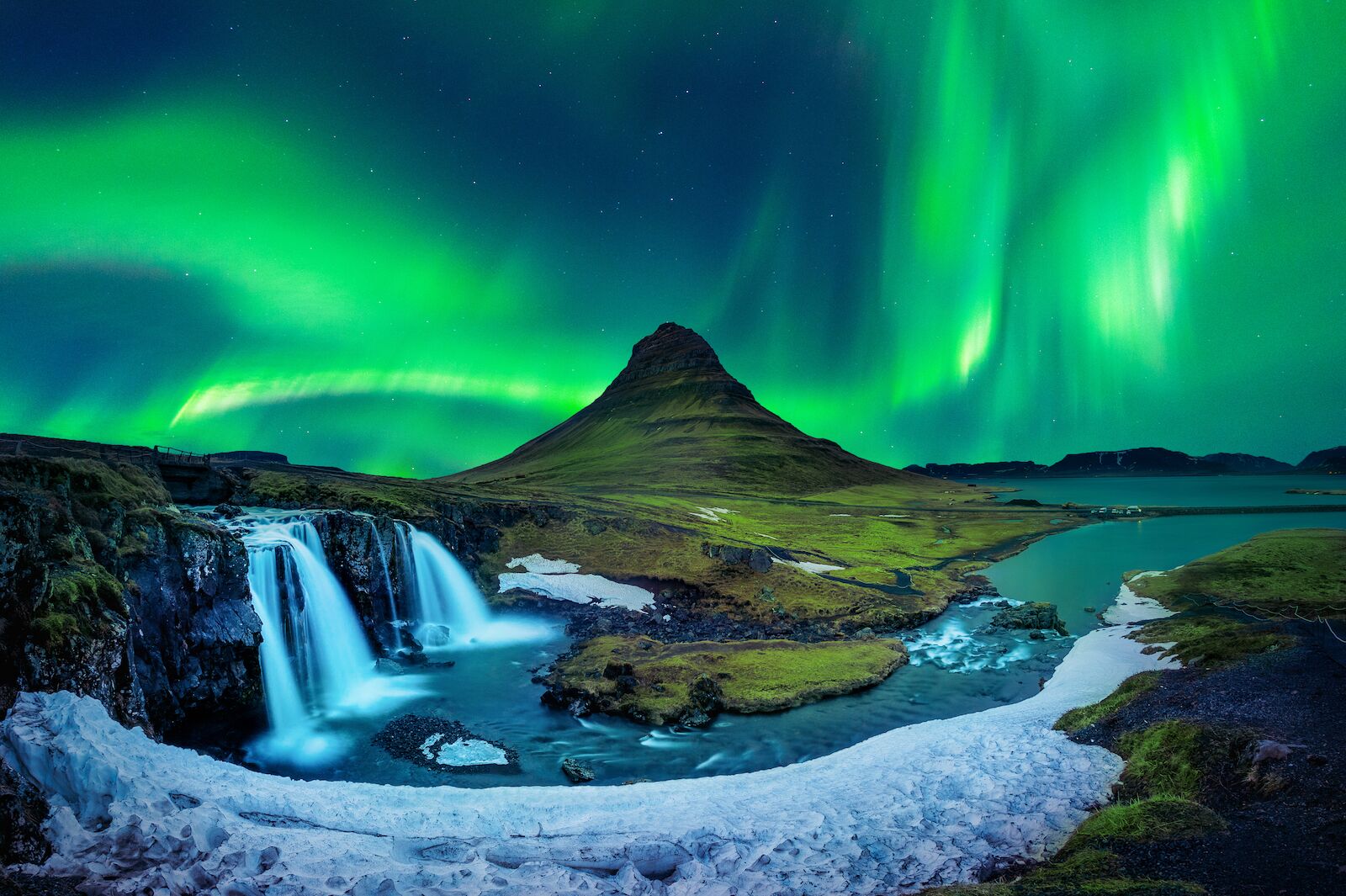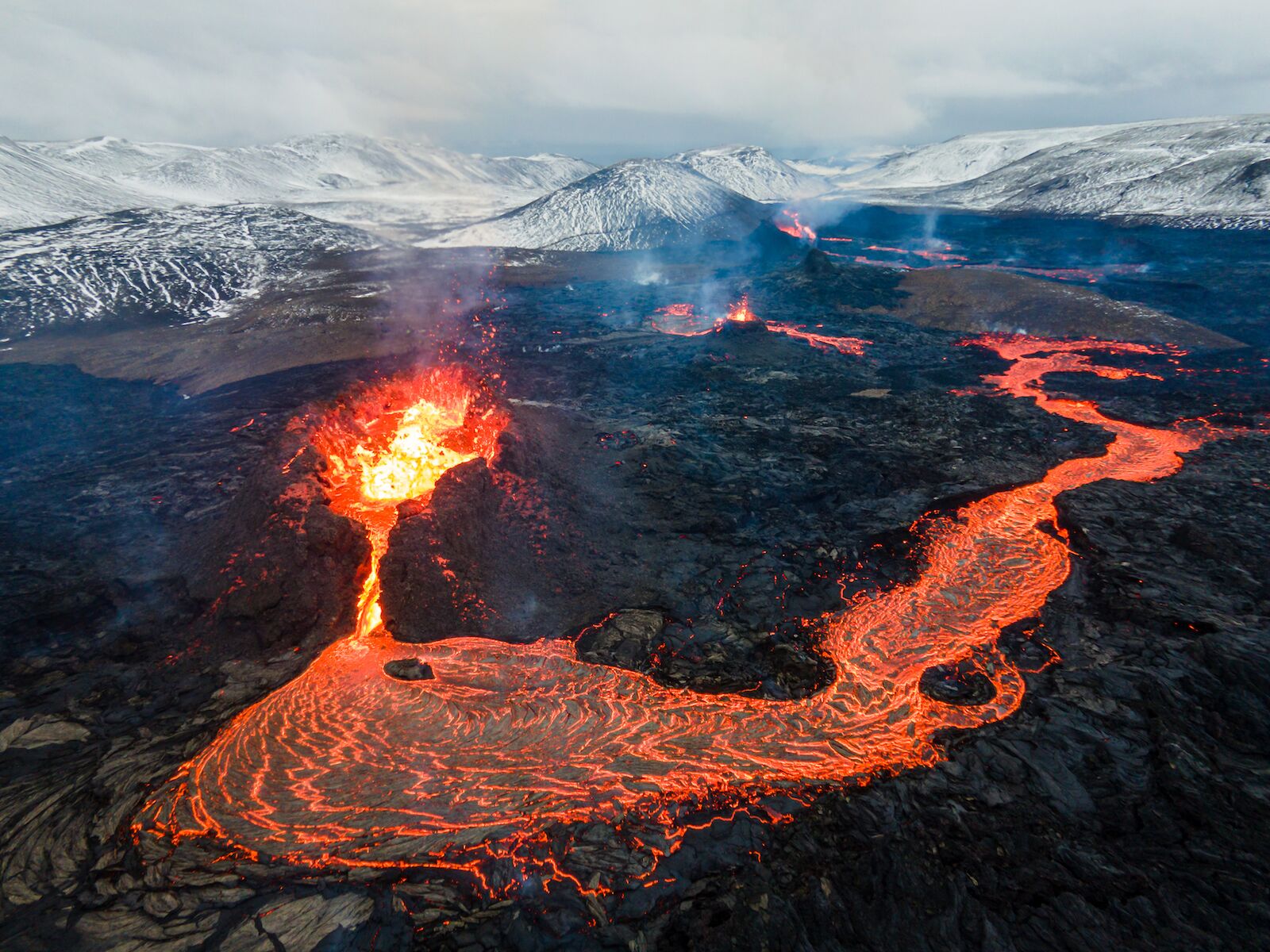Travel to Iceland skyrocketed in 2014 due to a massive push from homegrown airline Icelandair, which promoted its stopover program as a chance for passengers from North America to receive discounts and accommodations on the island en route to mainland Europe. Since then, the island has averaged more than 1 million visitors annually peaking at nearly 2.5 million visitors in 2018. Cries of over-tourism have grown louder as visitor numbers have rebounded following Covid, but 2024 could be the year to visit Iceland for those seeking a more intimate experience.
That’s thanks to two factors. First, tourist numbers have yet to reach the 2018 peak and some estimates suggest a decline in overall visitation in 2024, allowing for a quieter-than-normal Iceland. Second, boutique tour operators including Hidden Iceland have ramped up small-group tour offerings across the island, taking travelers further from Reykjavik and the Blue Lagoon to more rugged and non-descript areas. Here’s what else makes 2024 the best year to visit Iceland since the explosion of the stopover program.



